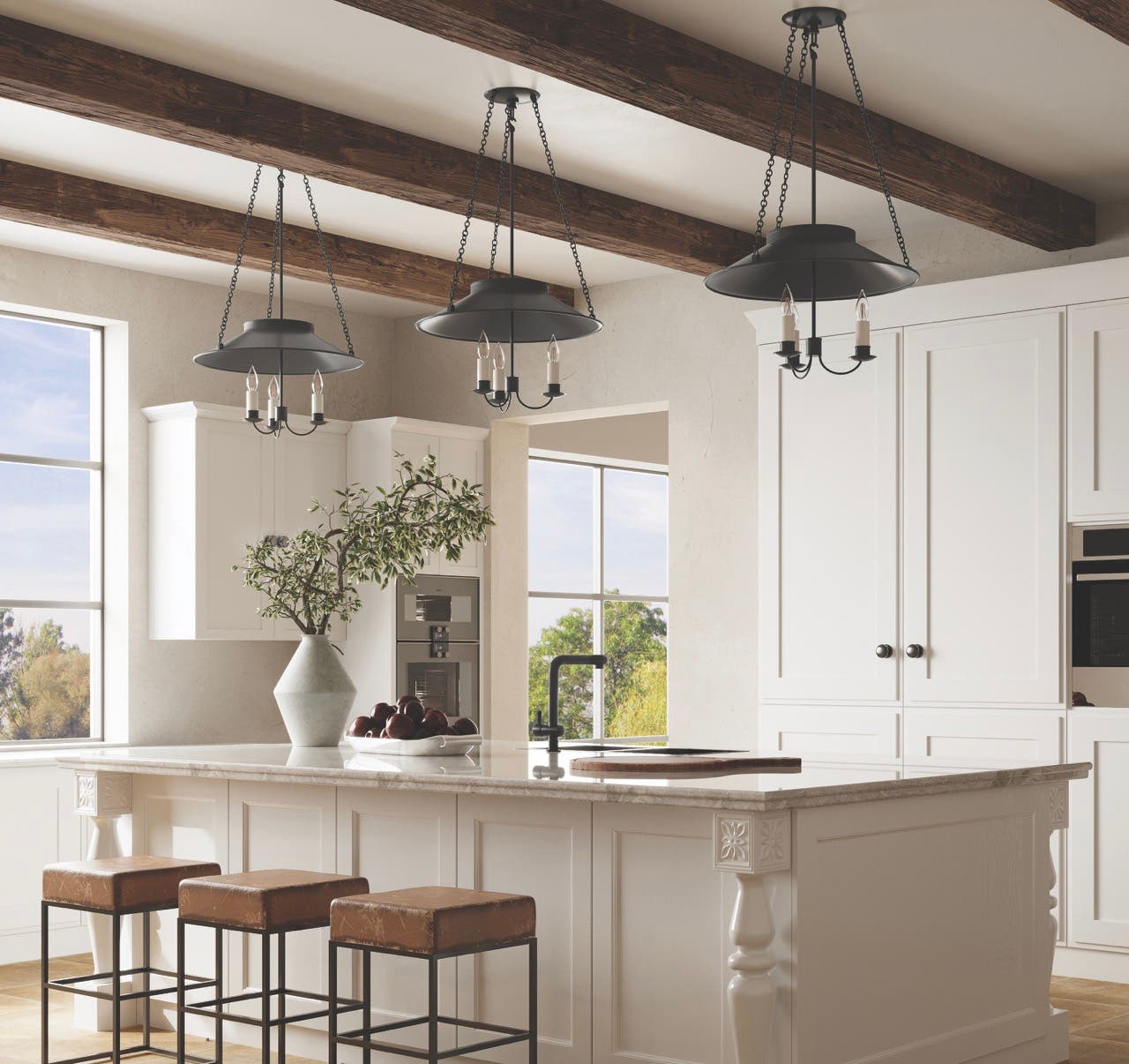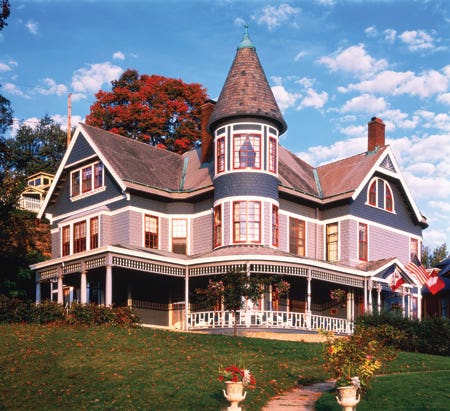
Product Reports
HVAC for Historic Buildings
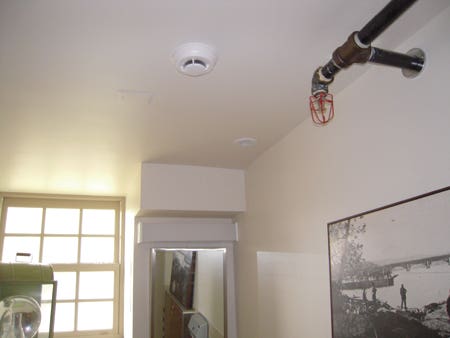
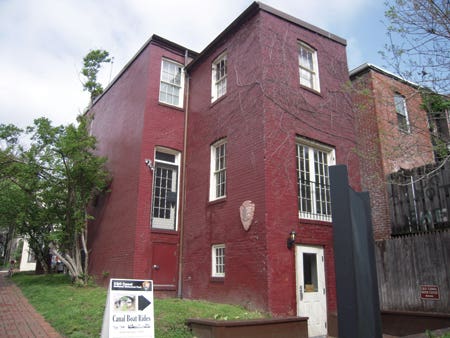

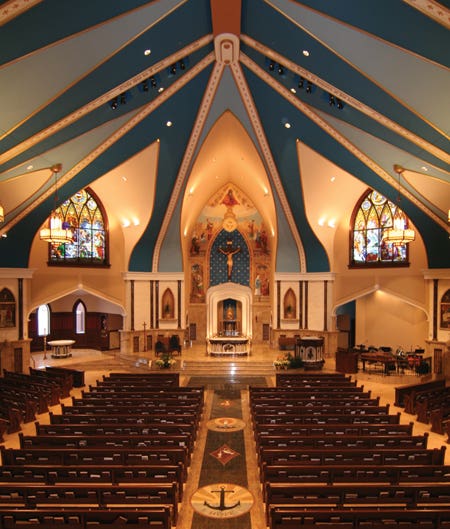
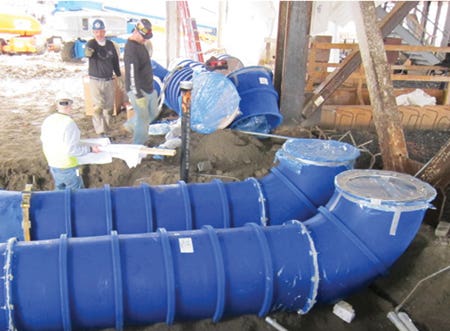
A new department focusing on energy conservation in historic and new traditionally styled buildings
Finding energy-efficient HVAC systems suitable for historic buildings can be a challenge. Small-duct systems with flexible tubing seem to be one answer that fills the bill.
An example of this type of system is the SDHV (Small Duct High Velocity) system from Unico of St. Louis, MO. This central air system delivers conditioned air using small, unobtrusive jets. One reason that it is suitable for historic applications is because it eliminates the need for conventional ductwork.
This system was installed in the Chesapeake & Ohio (C&O) Canal visitor center in Georgetown, Washington, DC. A total of 62 outlets were installed in the building. The engineer for the project was Dan Foley of Foley Mechanical in Lorton, VA.
Another small-duct system is available from SpacePak. It is also designed for use in historic buildings and in structures without existing ductwork. It uses 2-in. insulated flexible tubing that can be threaded behind walls, floors and ceilings, with virtually no disruption to the living space, according to company information. The outlets are 5-in. in dia., approximately the size of a CD.
The central air conditioning SpacePak system was installed in the St. Rose of Lima Catholic Church, a 115-year-old Gothic church in Perrysburg, OH. Mark Evans, president of TII Maumee Equipment of Perrysburg, the installer of the system, noted, “The greatest concern was to preserve the integrity of the beautiful structure.”
Another system, the Blue Duct, is installed under the flooring. It is designed to provide heating, ventilation and air conditioning that cannot be seen or heard, making it appropriate for buildings such as churches.
The Blue Duct system was recently installed in Sts. Anne & Joachim Catholic Church in Fargo, ND. It was selected for the sanctuary because the client requested a heating, ventilation and air-conditioning system that churchgoers would not see, hear or feel.
Manufactured by AQC Industries of Shoreview, MN, the Blue Duct velocity system was specified by Obermiller Nelson Engineering (ONE) of Fargo, ND. “Churches have unique heating and cooling needs,” says Jeremiah Christenson, managing principal and mechanical engineer from Obermiller Nelson Engineering. “The HVAC system needs to respond quickly to accommodate a large congregation of people within a short period of time. To meet this and other requirements, we needed to combine innovative technology without impacting the beauty of the traditional architecture.”
The architect for the project was Brian Berg of Zerr Berg Architects, Fargo, ND. “Energy efficiency had something to do with the choice of the Blue Duct system,” said Brian Berg, “but the primary reason that this displacement ventilation was used was for noise control.”







